HP split is 'no silver bullet for Meg Whitman's woes'
Customers "could walk" if separation doesn't fix Hewlett-Packard's troubles, says analyst
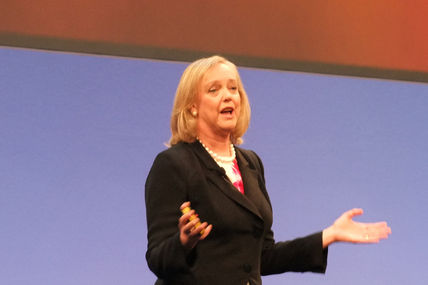

HP has officially split into two separate companies as of 1 November, marking the end of what has been a turbulent era for the 75-year-old company. But what does the future hold for these two firms?
While the split happened on Sunday, it is only today that the two companies - HP Inc. and Hewlett-Packard Enterprise - started trading separately on the New York Stock Exchange, with the former concentrating on printers and PCs, while Hewlett-Packard Enterprise (HPE) focusing on infrastructure and services for the enterprise market.
For HPE, the split should help the firm focus on meeting the technology requirements of its enterprise customers and growing market share.
The company will concentrate on four areas - the move to hybrid infrastructure encompassing on-premise and cloud services, IT security, Big Data, and enterprise mobility. This company has Meg Whitman as president and CEO.
HP Inc gets to sell PCs and printers, in other words, the meat and potatoes of the old business. The company will be run by Dion Weisler as president and CEO. Each company will have around $50 billion in annual revenues.
But tastes have changed among HP's customers. Falling demand meant the old firm was struggling. In its most recent earnings report, around 25,000 to 30,000 jobs were to be slashed from the companies in the next three years.
According to a Gartner report published last year, the split "does nothing to address HP's core challenge of finding growth, or to directly address its shortcomings in cloud, software as a service (SaaS) and mobility".
Get the ITPro daily newsletter
Sign up today and you will receive a free copy of our Future Focus 2025 report - the leading guidance on AI, cybersecurity and other IT challenges as per 700+ senior executives
The new companies would argue that splitting in two will make each nimbler and able to compete better. But the challenge for both is how to grow.
For HP Inc, it has a legacy business flogging PCs and printers, both markets past their prime. HPE is relying on greater automation and fewer employees as it tries to tell a narrative about a transformed company that has "defied business as usual".
It is the latter company that shows more promise but is less understood by the general public, selling servers, networking equipment and services to enterprise-level organisations.
Hardware will account for roughly half of HPE revenues going forward, while another 40 per cent is IT services outsourcing (from its EDS acquisition). Software and financial services account for around six per cent of revenue.
HPE has $5.5 billion in cash on the balance sheet, which may allow Whitman to make a number of strategic acquisitions, which she has hinted at.
Also, without the PC business dragging things down, HPE should see healthier earnings results. But other problems remain. While it sells many more servers than privately-run Dell, start-ups are less likely to buy servers and keener on purchasing cloud services from the likes of Amazon and Microsoft Azure, bypassing the need for any hardware to be owned by a customer.
HP has tried to run a cloud service to compete with AWS, but it announced that it will shut up shop on its Helion public cloud service and concentrate on hybrid models, enabling customers to build their own clouds that would work with AWS and Azure.
"We decided that it no longer made sense to compete in the public cloud portion," Whitman said in an interview with Re/code. "Our strategy is to take an open, multi-cloud approach to the marketplace."
But analysts believe HPE and HP Inc have a big task ahead convincing the market they remain relevant.
According to Anthony Miller, manager partner at analyst firm TechMarketView, it would be difficult to overestimate the effort that has gone into splitting HP in half since the announcement back in October 2014, and he believes the job is not yet complete.
He told IT Pro: "As recently as last week HP divested its networking security business, TippingPoint to Trend Micro and then announced its decision to exit the public cloud market in favour of partnering with Amazon Web Services and Microsoft. Undoubtedly there will be more fine tuning' to come."
"The split will sharpen client, competitor and investor focus on HPE as a pure-play' supplier to the enterprise market, a role which until now has arguably had been overshadowed by HP's PC and printing activities," he added.
"But from today the spotlight will be firmly trained on HPE as an independent business in its own right. There won't be, and nor should there need to be, anywhere to hide from its relentless glare," added Miller.
Clive Longbottom, service director at analyst firm Quocirca, said that while the split makes sense at one level, "splitting enterprise products away from more consumer-like ones, it really doesn't work like that".
"HP still sells a lot of PCs into the enterprise, and also has a strong foothold in the managed print services and large format printer markets, which are not consumer in the least," he said.
"For buyers, this creates a need to deal with two separate companies to get an end-to-end set of products - and many (who struggled with HP as the one company and the arcane way it deals with customers) may just walk away to Lenovo or Dell for their IT needs and source print-related turf from Xerox or Canon," warned Longbottom.
Longbottom added that HP has been a basket case for so long now, it has tried customer loyalty to its furthest reaches.
"If Meg doesn't make this work - and work fast, I believe that HP customers will start to walk, even with IBM and Dell being in the midst of their own chaos," Longbottom told IT Pro.Cust
"HP has not got a great history in making changes over the years (particularly around senior management). I see little difference why this should be the silver bullet that Meg so sorely needs."
Rene Millman is a freelance writer and broadcaster who covers cybersecurity, AI, IoT, and the cloud. He also works as a contributing analyst at GigaOm and has previously worked as an analyst for Gartner covering the infrastructure market. He has made numerous television appearances to give his views and expertise on technology trends and companies that affect and shape our lives. You can follow Rene Millman on Twitter.
-
 Should AI PCs be part of your next hardware refresh?
Should AI PCs be part of your next hardware refresh?AI PCs are fast becoming a business staple and a surefire way to future-proof your business
By Bobby Hellard Published
-
 Westcon-Comstor and Vectra AI launch brace of new channel initiatives
Westcon-Comstor and Vectra AI launch brace of new channel initiativesNews Westcon-Comstor and Vectra AI have announced the launch of two new channel growth initiatives focused on the managed security service provider (MSSP) space and AWS Marketplace.
By Daniel Todd Published
-
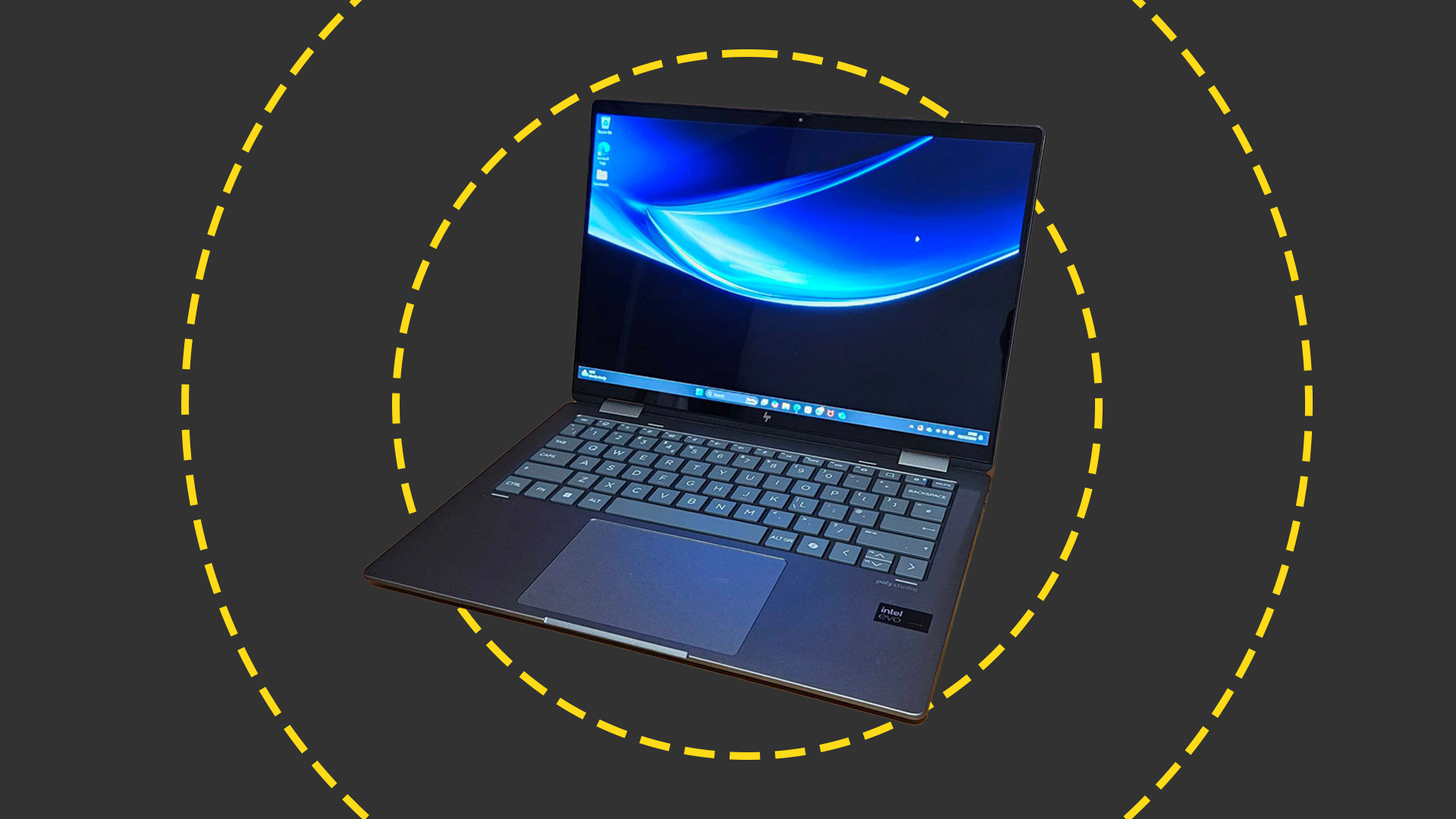 HP Envy x360 2-in-1 (14-FC0009NA) review: A cut-price AI PC for the enterprise
HP Envy x360 2-in-1 (14-FC0009NA) review: A cut-price AI PC for the enterpriseReviews The Intel-powered HP Envy x360 is a decent punt for its price point despite a few bugbears
By Keumars Afifi-Sabet Published
-
 Dell, HP post underwhelming returns as PC market remains in a state of flux
Dell, HP post underwhelming returns as PC market remains in a state of fluxNews Original equipment manufacturers (OEMs) are contending with an impending Windows 10 EOL and a burgeoning AI PC market
By George Fitzmaurice Published
-
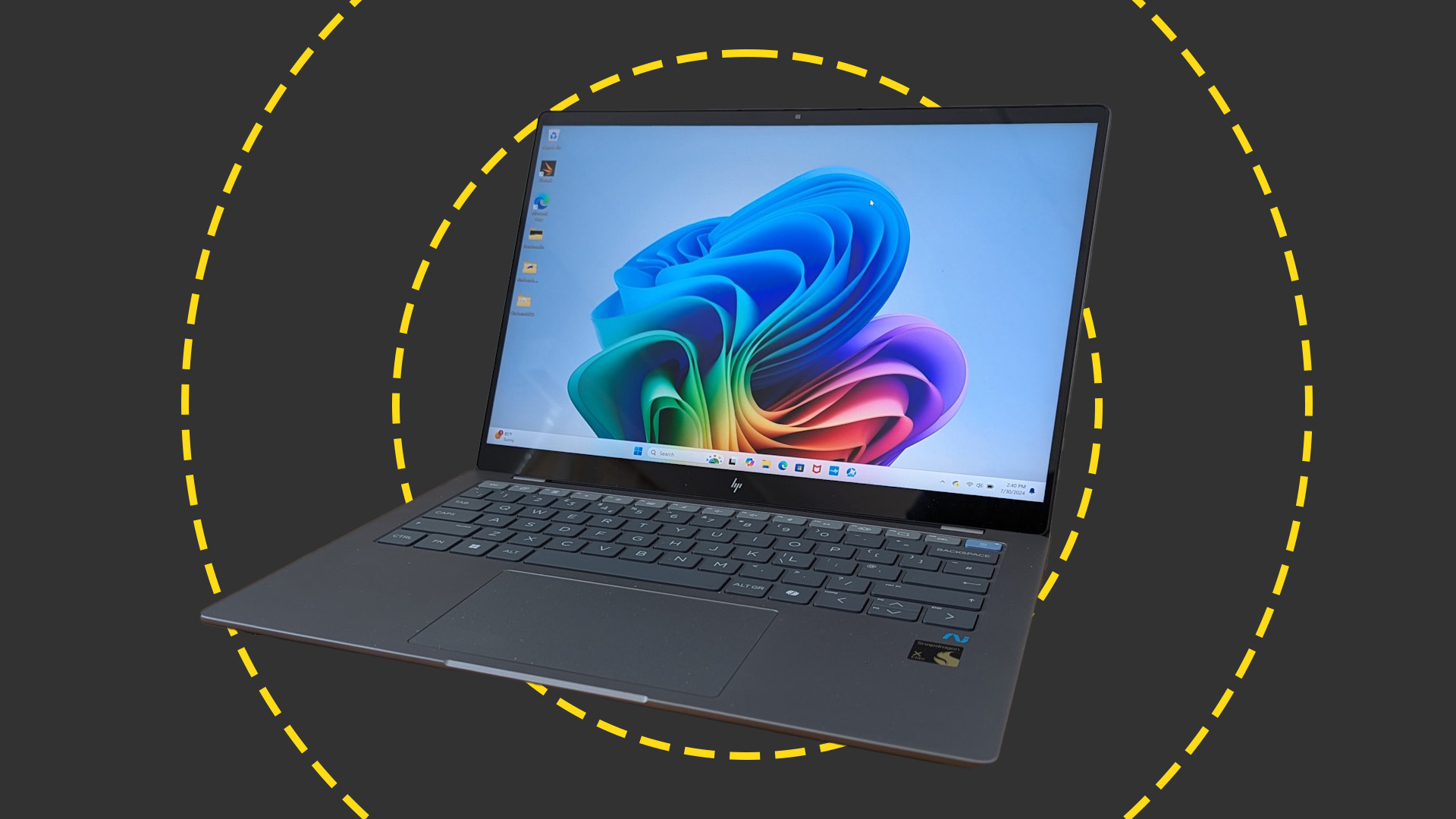
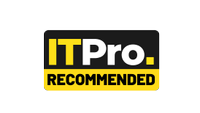 HP OmniBook X 14 review: Incredible battery life meets Copilot+ AI
HP OmniBook X 14 review: Incredible battery life meets Copilot+ AIReviews Ignore the slightly underwhelming screen and you have a brilliant thin-and-light laptop with AI capabilities and superlative battery life
By Stuart Andrews Published
-
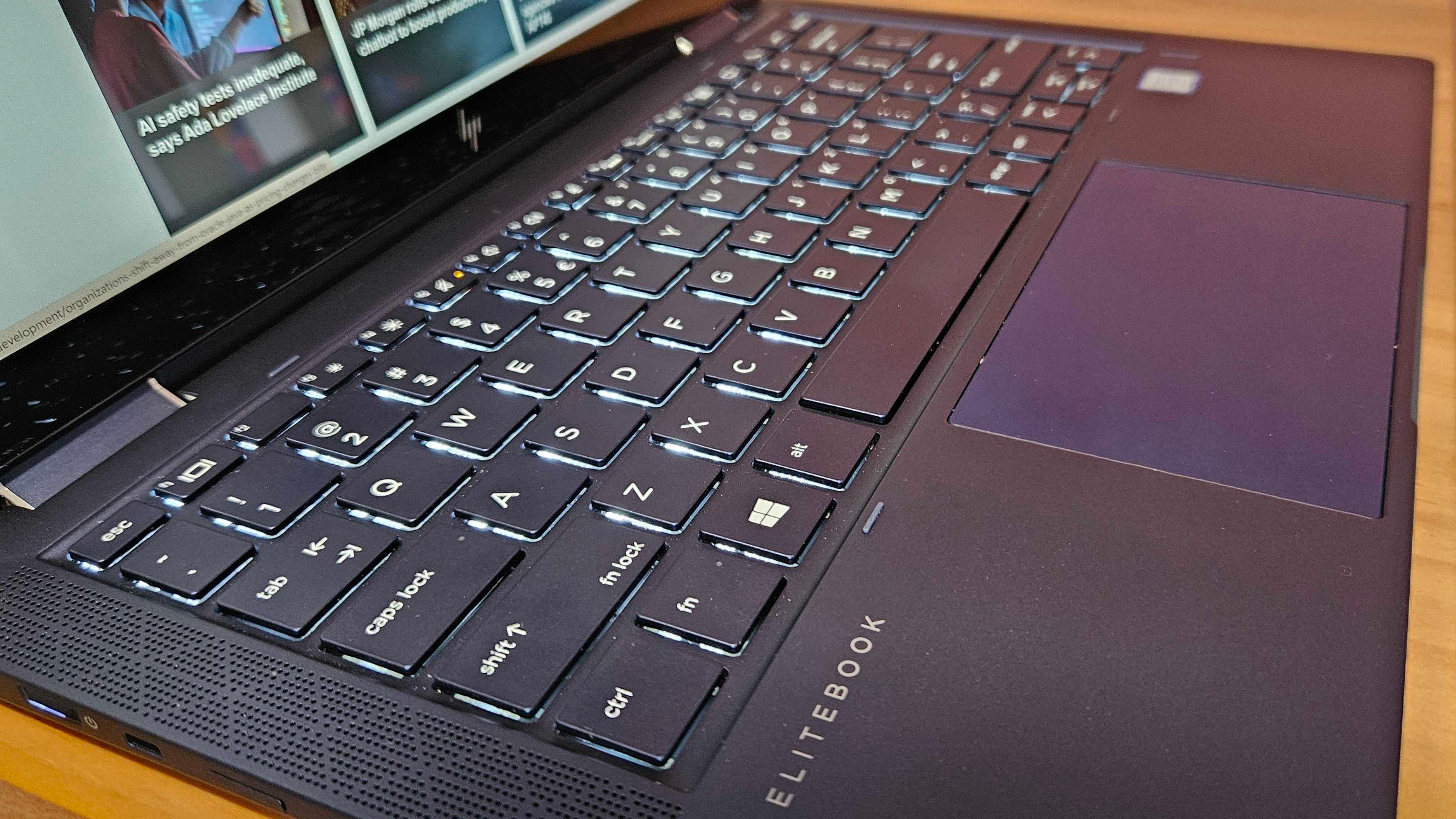 HP has scrapped its most compelling device as it aims for AI PCs — there is nothing like it left on the market
HP has scrapped its most compelling device as it aims for AI PCs — there is nothing like it left on the marketOpinion The HP Elite Dragonfly had everything you needed – a great battery, plenty of power, all the ports, and a fantastic display – until it was killed off
By Keumars Afifi-Sabet Published
-
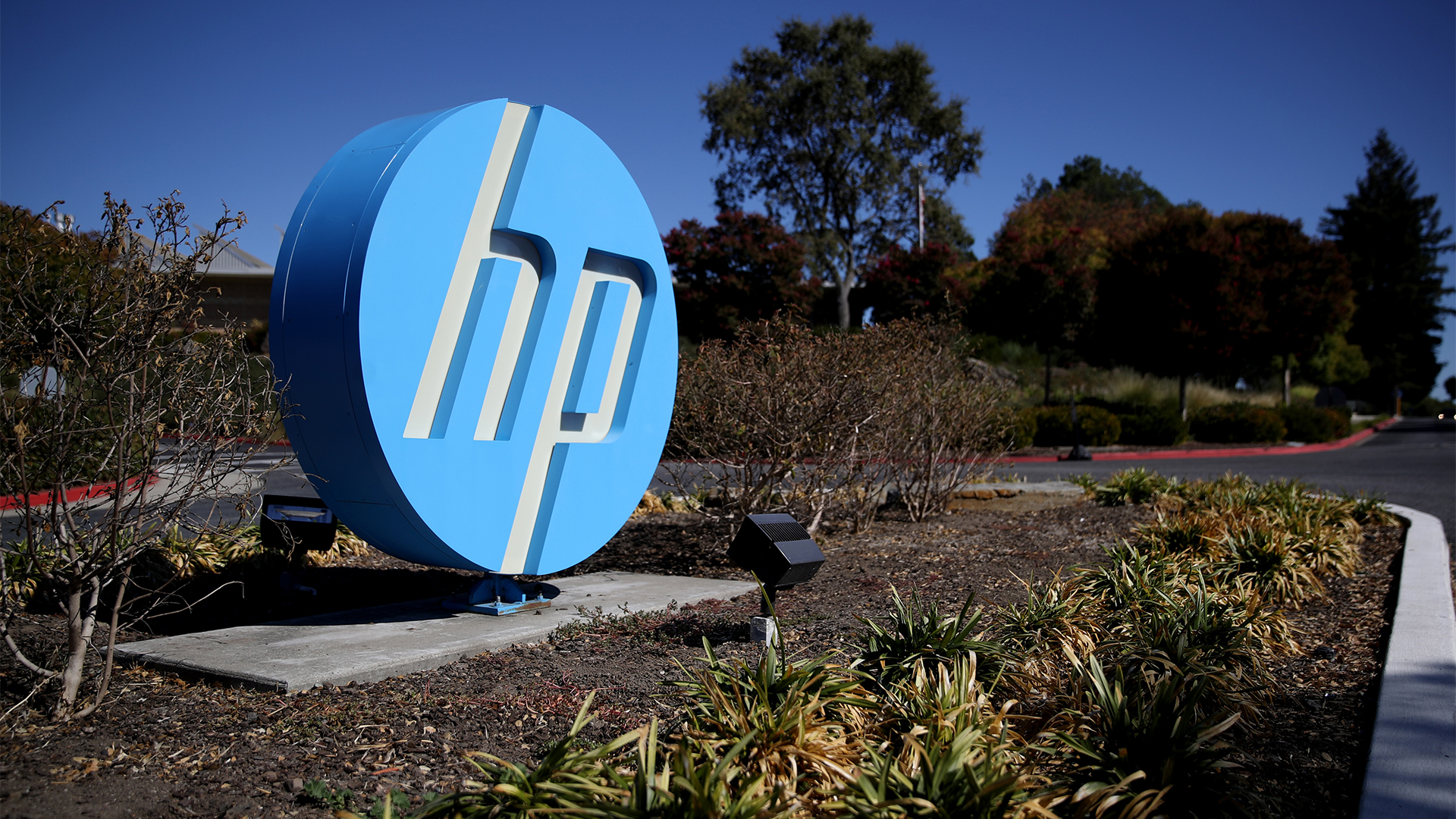 HP shows the AI PC ecosystem is starting to bear fruit — is it time for businesses to take note?
HP shows the AI PC ecosystem is starting to bear fruit — is it time for businesses to take note?Analysis The era of the AI PC may soon be upon us as software vendors start to realize the potential value of processing AI workloads locally
By Solomon Klappholz Published
-
 HP caps off its PC overhaul with the launch of the OmniBook Ultra 14 – its most powerful AI-powered laptop to date
HP caps off its PC overhaul with the launch of the OmniBook Ultra 14 – its most powerful AI-powered laptop to dateNews With the HP Dragonfly, Spectre, and Envy brands ditched in sweeping restructure of device portfolio, the OmniBook Ultra 14 marks the first major step into the era of the AI PC
By Solomon Klappholz Published
-
 HP just launched the world’s first business PCs designed to protect firmware against quantum hacking
HP just launched the world’s first business PCs designed to protect firmware against quantum hackingNews HP is worried about quantum security risks, so it’s upgrading devices to contend with future threats
By Ross Kelly Published
-
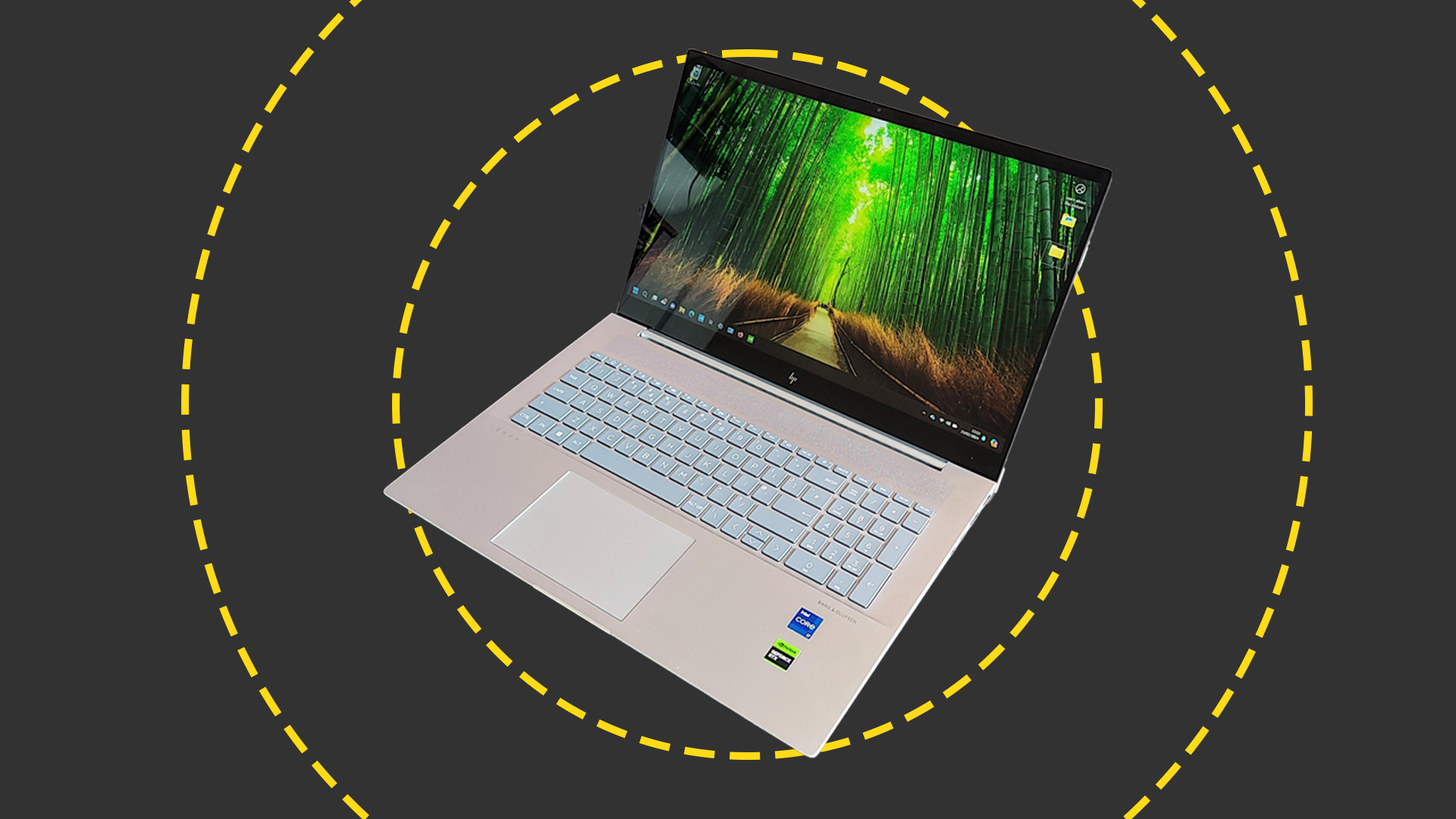 HP Envy 17 review: An affordable big-screen workstation replacement
HP Envy 17 review: An affordable big-screen workstation replacementReviews With the option of Nvidia graphics and a 4K display, the HP Envy 17 is a versatile yet affordable big-screen laptop
By Alun Taylor Published